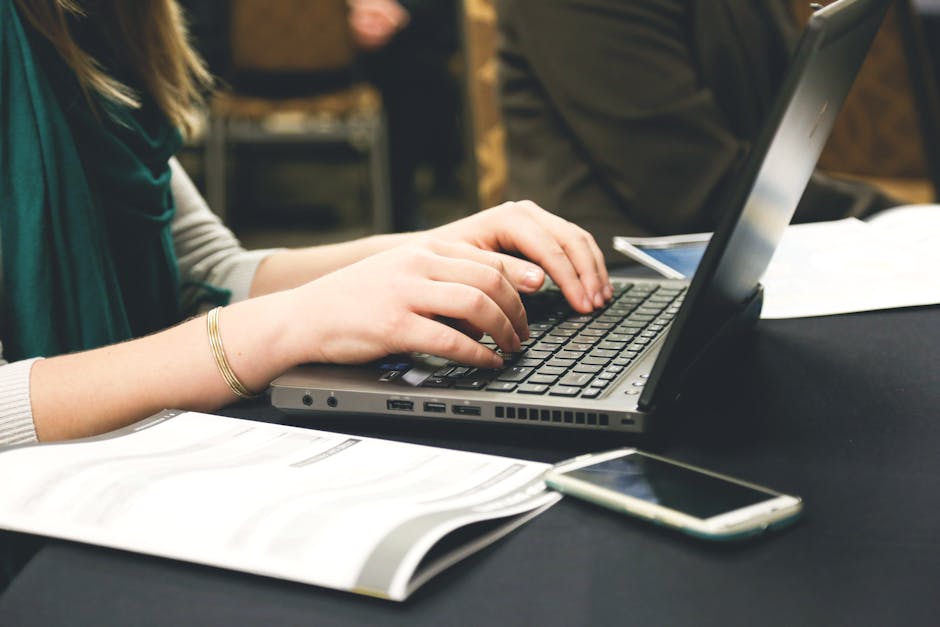7 Email Etiquette You Should Know About
 Emails and real life conversations are two polarizing subject matter. One common practice in emails may not needed in real life. So, what the right way to deal with emails? What should you do regarding emails when you receive or send out one?
Emails and real life conversations are two polarizing subject matter. One common practice in emails may not needed in real life. So, what the right way to deal with emails? What should you do regarding emails when you receive or send out one?
This guide has tips for you in order to construct that reply, and write that much needed email.
- The first rule is to reply no matter what. You have to remember that communication is key. You just need to click that reply button and write that you have received that email. If a given task needs your immediate attention, reply acknowledging that you got the email and you will start working on it. If you cannot do the task immediately, reply politely on why you won’t be able to do so and give a time estimate on when you will finish the task.
- Do the emails with action items first. Before you go and acknowledge every important email in your inbox, reply first to the emails you need to do like for example, you need to send a particular document, to make a restaurant reservation, or to confirm a meeting.
- It is important to acknowledge emails, but there might be exceptions to the rule so you have to read emails because:
- The sender added an NTN (or No Thanks Needed!) Your reply might not be necessary so skip saying thanks.
- You are just on the CC line. This is why you have to read carefully because only the people on the TO line will do this specific task unless if someone specifically asks you to join and help. When you are included on the CC line, this is just to keep on the loop.
- Do not forget the attachments. Sometimes, you are in a hurry to reply and send your email that you left out the attachment. Always check that the files you need to send is actually included in the email you are sending. Double check if the attachments are 100% complete and that no file failed in the process. It will be hassle to email again to ask for the same file.
- Be clear with your answers. Being concise with your replies is not enough; you also have to be direct with what you mean. Replying only a ‘yes’ could be confusing. It is best to repeat the questions you are answering. For example, you can say: ‘Yes, blueberry muffins are great.’, or ‘Yes, we prefer the chocolate chip cookies.’
- Use the subject line. A subject line gives an overview of the email. You should utilize that so the recipient will know if it’s urgent or not. For example, you can indicate: ‘For Approval: Travel Itinerary’ or ‘FYI: New Website.’
Every rule has exceptions.
These rules are just general guidelines to help you manage your emails. There are business keep their emails strictly for important matters and thank you emails are not necessary. For some, it is a more casual approach and everyone is encouraged to converse and chat. It really depends on your work environment. In case you need more tips, you can check out this article on internet etiquette.
